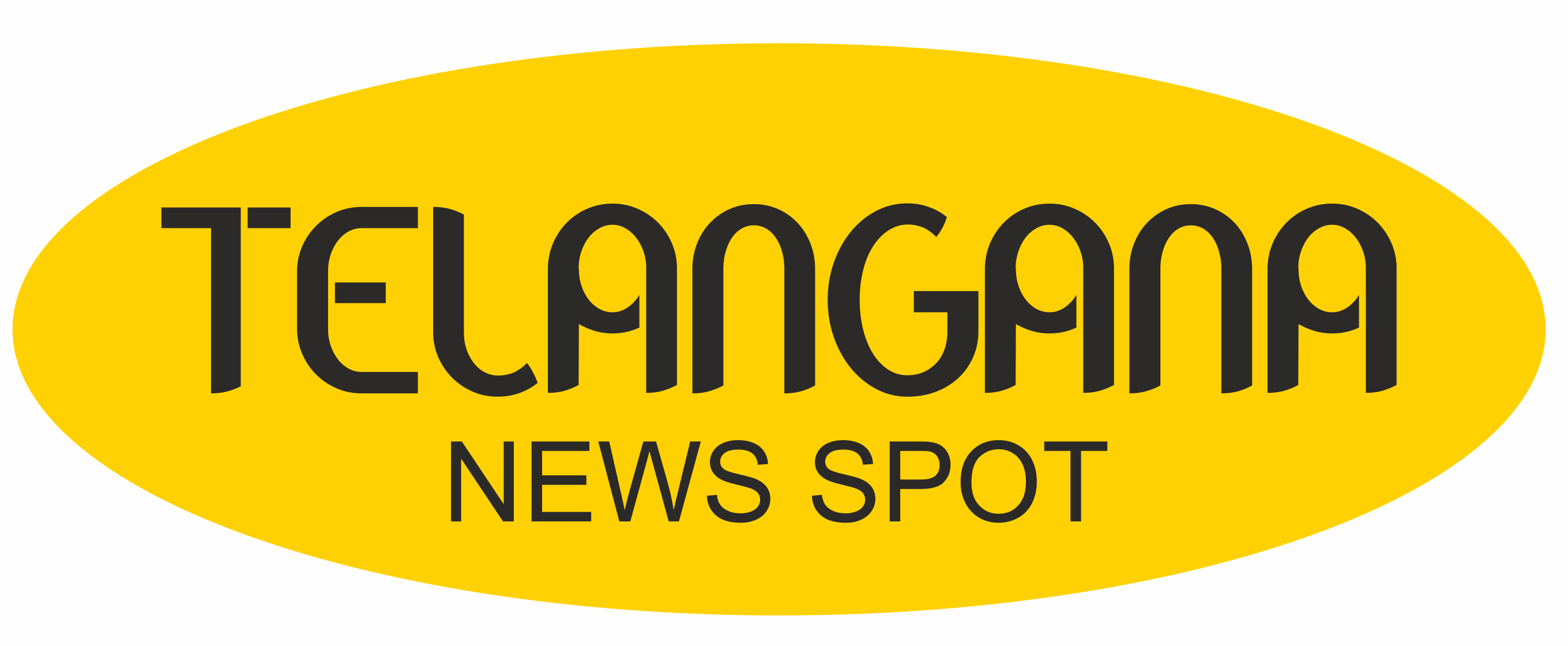There are various words used to describe the increasing number of gig workers dotting India's urban landscape, including driver-partners, micro-entrepreneurs, delivery partners, and service partners offering a wide range of services at the customer's doorstep. Their population has been constantly growing. India already employs 7.7 million gig workers, and Niti Aayog predicts that number would reach 23.5 million by the end of this decade. According to BCG, there will be close to 90 million gig workers in India by 2025. We must take a close look at these figures as well as the variety of economic pursuits and service offerings that these gig workers are involved in.
Gig work and the gig economy include a wide variety of services including consumable delivery, plumbing and electrical work, taxi driving, and the provision of service partners for child care, elder care, sick care, and cooking via apps. These services need different degrees of training and experience. How can we make it work for the platform firms, the consumers, and the labor is the question. in a way whereby both short-term and long-term predatory impulses are resisted?
The majority of these platforms operate for a very long time with no legal framework or infrastructure, or in a condition of legal vacuum. If anything goes wrong, neither the staff members nor the consumers or the authorities know what to do. Resentment only begins to build after a string of negative events, such as incorrect pricing, rape threats, unpaid salaries, and incentive calculations gone wrong, and only after a flurry of demonstrations and media attention. Given the expanding significance of the numerical and economic relevance of many of these lean platforms in the Indian economic picture, it is case-by-case and inadequate.
As demonstrated by the cases of Ola and Uber in Mumbai, where their numbers are uncapped and cause traffic jams, their drivers operate on driving licenses rather than CDLs, and taxis use gasoline and diesel to pollute the city's air despite the law's requirement that all public transportation and intermediate transport for public use use clean energy, a state of legal void creates space for numerous macro level violations to continue unabatedly. Platform firms have carefully positioned themselves in regulatory gaps or legal voids to increase their presence—in terms of both the quantity and variety of services offered as well as deeper penetration in localities and the nation at large. But what would happen if a law was passed requiring the use of clean fuel? What happens if a CDL is made a requirement with the safety of passengers in mind? Will businesses be responsible for covering the costs of transition? Will there be a change of pace?
Even if there is still a legal vacuum, more people from different cities, skill sets, ages, castes, and genders are using the platforms to make money, augment their family's income, or make extra money that they may save up and invest in the future. Many have been drawn in by the promise of flexibility—flexible employment. But what has to be critically recognized by academics, decision-makers, and analysts is how the broad phrase “flexibility” is purposefully making room for unfair and exploitative working conditions, in a way that requires governmental control. The recent protests by the Blink-it delivery partners were a response to the company halving both its incentives and charge without prior notification or debate. When one checks in to begin their day of making a living, they notice a shift. This is a throwback to the past, when there were frequent strikes by Ola and Uber drivers around the nation at various times, protesting their fee structures and the unidirectional incentive-subsidy model shift made by the firms themselves.
The decision-making that directly affects the monthly family finances of the drivers has never engaged them or their bodies. Because the competing business models are fundamentally the same, protests against one app or company are seen by other platform companies as opportunities to hire delivery partners. This is a highly predatory tendency, but it is also a sign of a larger problem because such workers can't go without work and income for very long. While the firm in question at the time is also looking for new delivery partners, it serves as a continual reminder of the economy's unemployment rate and the many people's frantic attempts to make it in the city.
So how does this collaboration function? Is it a collaboration? Or is it a creative use of words to suggest a position with a halo when it is really hollowed down and very precarious?
Although these platforms are data and technology driven, they are opaque structures. The logics and how they operate and function are not universally recognized and cannot be accessible continuously or in real time, which is essential for the emergence of any regulatory framework. Any rule is certain to seem outdated and from bygone times if openness of its functioning isn't guaranteed. The difficulties they provide to the regulatory framework are made more difficult by this, together with their expanding numerical dominance and range of services. For instance, unlike when they first began operating in the nation, Ola and Uber now allow drivers to sign up after selecting one of the three models of affiliation with the platform.
Regulation will need to incorporate flexibility and dynamism into its framework in order to remain in line with the dynamic structural changes of the numerous platforms that it looks to regulate. This is in addition to taking into account the growing number of workforce that will be directly impacted by the enforcement of any regulatory framework. In order to successfully regulate this emerging work-sphere without impeding on the growth prospects of the workers as well as the companies, a successful framework would require representatives from the entire range of workers who could voice their app-specific particularistic conditions of work, customers, platform companies, as well as regulators. The gig economy as a partnership may thus be seen for what it is.

